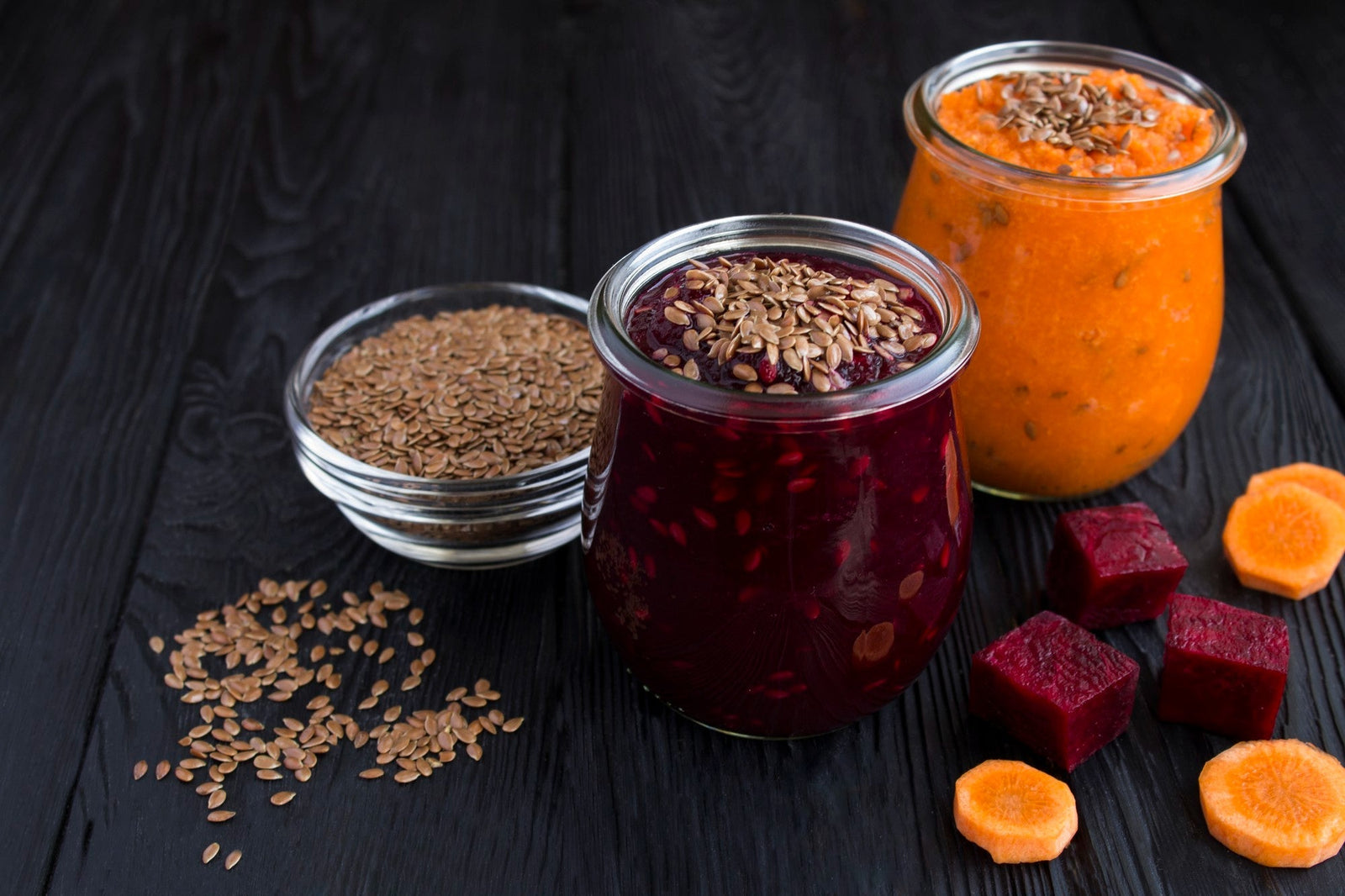
April 20, 2021 2 min read
Herbs and spices are used extensively in all world cuisines to enhance the flavor and add aroma to dishes. Most of these herbs and spices also come with a number of health benefits when used. They are known to invigorate, protect, nourish, and have been used to heal the body as well. Along with their flavor-enhancing properties, herbs and spices also provide anti-inflammatory benefits, act as anti-oxidants, regulate blood sugar levels, and improve circulation and cardiovascular health.
Herbs are made from the green, leafy parts of plants and may be used dried or fresh. Spices, on the other hand, are classified as dried forms of different, roots, seeds, bark, fruits, or vegetables from across the globe. Their main functions are to improve flavor and give color to dishes along with preserving food. Turmeric is a very popular spice known for its rich color, flavor, and antioxidant properties. If the herbs and spices are prepared and dried properly, they can last for a long time provided they do not get wet or contaminated. Certain herbs are also used to make fragrant teas.

Why choose organic?
Since herbs and spices can easily transform a culinary experience, getting organic varieties can multiply the benefits associated with using these ingredients in cooking. Herb and spice varieties that are grown organically have no pesticides or other chemicals sprayed on them during growth. Since herbs and spices are typically grown outdoors, they need to be sterilized frequently to limit insect or microbial contamination. For conventionally grown varieties, this is done through irradiation but organically grown varieties are not allowed to be radiation treated. Instead, they use safer methods like steam sterilization which protects the color, flavor, and other sensory properties of the herbs and spices. This method is environmentally friendly, certified organic, and leaves no residue.
On occasion, conventionally produced herbs and spices have been known to contain different types of artificial flavors, preservatives, and fillers and to improve flavor and lower manufacturing costs. So while organic herbs and spices may boast a slightly higher price tag, the absence of pesticides, chemicals, and irradiation certainly outweigh the cost factor.
❤ Try our USDA certified organic Turmeric ❤
Other Blogs
Organic Turmeric Recipes
Thanks for reading this Be Still Farms Blog article. To sign up for more news/articles and/or recipes, click here. For more about us, click here. To shop our certified organic products, click here.
Please comment and share and we look forward to serving you in the future!
Comments will be approved before showing up.

January 27, 2025 3 min read
Flaxseed, the tiny yet powerful superfood, is packed with nutrients that can support weight loss. From curbing hunger to stabilizing blood sugar, this guide dives into the science of how flaxseed can help you shed those extra pounds.

December 11, 2024 3 min read
Discover three quick and easy soup recipes featuring organic small red beans. From a classic vegetable soup to a creamy potato blend, these wholesome recipes are perfect for chilly days and busy weeknights. Packed with flavor and nutrition, these soups will warm your heart and soul this winter!

December 06, 2024 3 min read
This vibrant and nutritious Green Lentil Salad combines tender lentils with grilled chicken, fresh vegetables, and a zesty lemon dressing. Packed with protein, fiber, and essential vitamins, it’s the perfect healthy meal for any time of day.
© 2025 Be Still Farms- Real, Fine Organics.
Privacy | Terms | Refund Policy | Organic Certification
